Your Sunburn Survival Guide: How to Actually Heal Your Skin (and Feel Better Fast)
Okay, so you got a little too much sun. It happens to the best of us—a forgotten hat, a nap on the beach that went a bit too long. I’ve worked with skin for years, and trust me, I’ve seen every shade of red and pink imaginable. The first thing I always tell people is this: there’s no magic wand to instantly erase a sunburn. The damage, deep down in your cells, has already been done. Our mission now isn’t to turn back time, but to help your body heal, manage the pain, and get you feeling comfortable again.
In this article
- First, Why Is Your Skin Freaking Out?
- Your First 24 Hours: The Sunburn Damage Control Plan
- Your Sunburn Emergency Kit: What to Buy at the Store
- The Healing Phase: Tackling Peeling, Itching, and Blisters
- When You Absolutely Need to See a Doctor
- A Final Word: The Only Cure is Prevention
- Inspirational Gallery
Think of it less like fixing a mistake and more like being a really good project manager for your skin’s repair crew.
A sunburn isn’t just your skin looking red; it’s a legitimate radiation burn from UV light. Knowing what’s actually happening under the surface helps you avoid common mistakes that can make everything feel a whole lot worse. We’re going to walk through what to do right now, how to handle the peeling and itching later, and exactly what to buy at the drugstore.
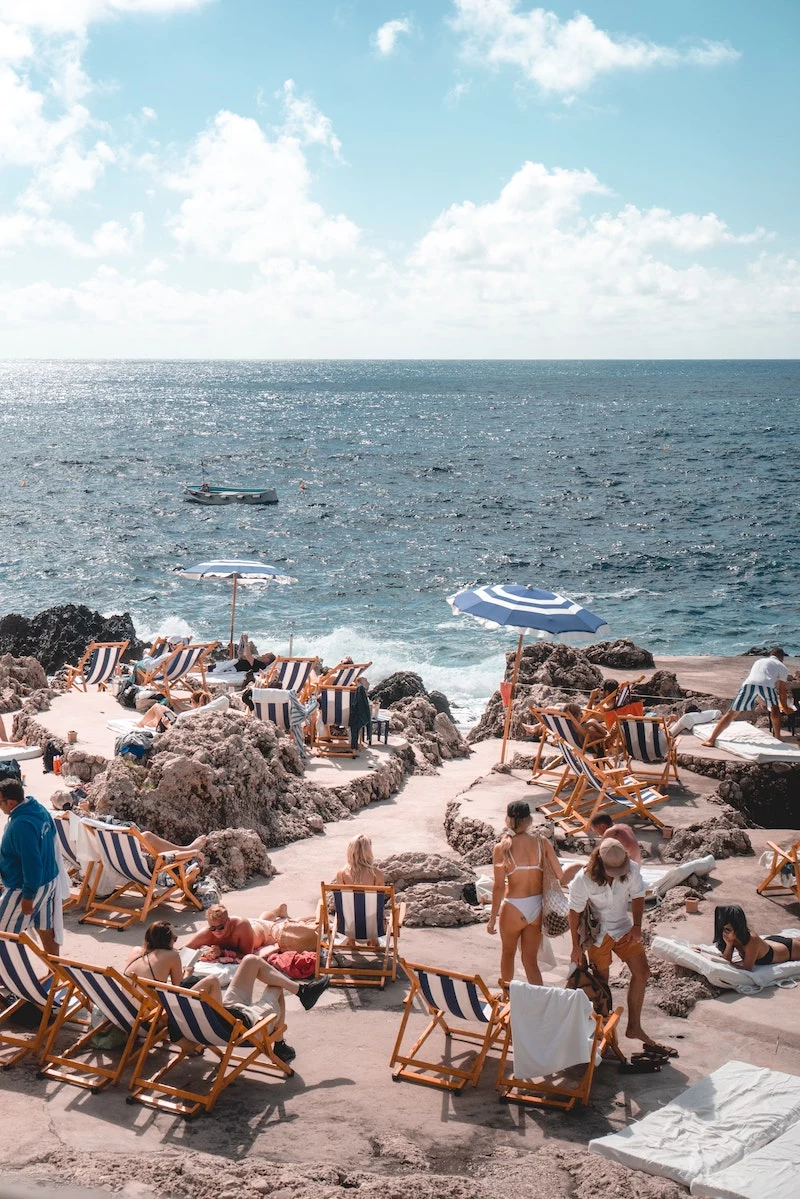
First, Why Is Your Skin Freaking Out?
To treat this thing right, you’ve got to understand the injury. Sunlight’s UVB rays are the main culprit behind the painful redness of a sunburn. They basically blast the DNA in your skin’s outermost layers, causing damage.
When your skin cells sound the alarm, your body kicks off a full-blown inflammatory response. Blood vessels open up to rush immune cells to the scene to start cleaning up the mess, which is why your skin gets red, hot, and swollen. The pain? That’s from chemicals released during this process that are seriously irritating your nerve endings.
Oh, and the peeling that shows up a few days later? That’s actually a good thing. In response to severe damage, your cells basically self-destruct to prevent them from turning into something more dangerous down the line. That sheet of peeling skin is literally a layer of cells that took one for the team. So, trying to stop the peeling isn’t just pointless; it’s interfering with a crucial healing step.

Your First 24 Hours: The Sunburn Damage Control Plan
What you do in the first day makes a huge difference. Your top priorities are simple: cool the skin down, fight inflammation, and hydrate like it’s your job.
1. Cool Your Skin (But Do It Gently)
Your first instinct is probably to get that heat out, and you’re right. But how you do it matters. A sudden blast of intense cold can shock the skin and actually slow down the healing process.
The right way: Hop in a cool shower or bath. And by cool, I mean pleasant, not bone-chillingly cold—think water around 70-80°F. Linger for about 15-20 minutes. You can also use cool, damp cloths on the burn, re-soaking them every few minutes. Do this a few times throughout the day.
Heads up! Please, please do not put ice or a frozen ice pack directly on your sunburn. The extreme cold can cause frostbite-like damage to your already fragile skin. If you absolutely must use an ice pack, wrap it in a damp towel first.
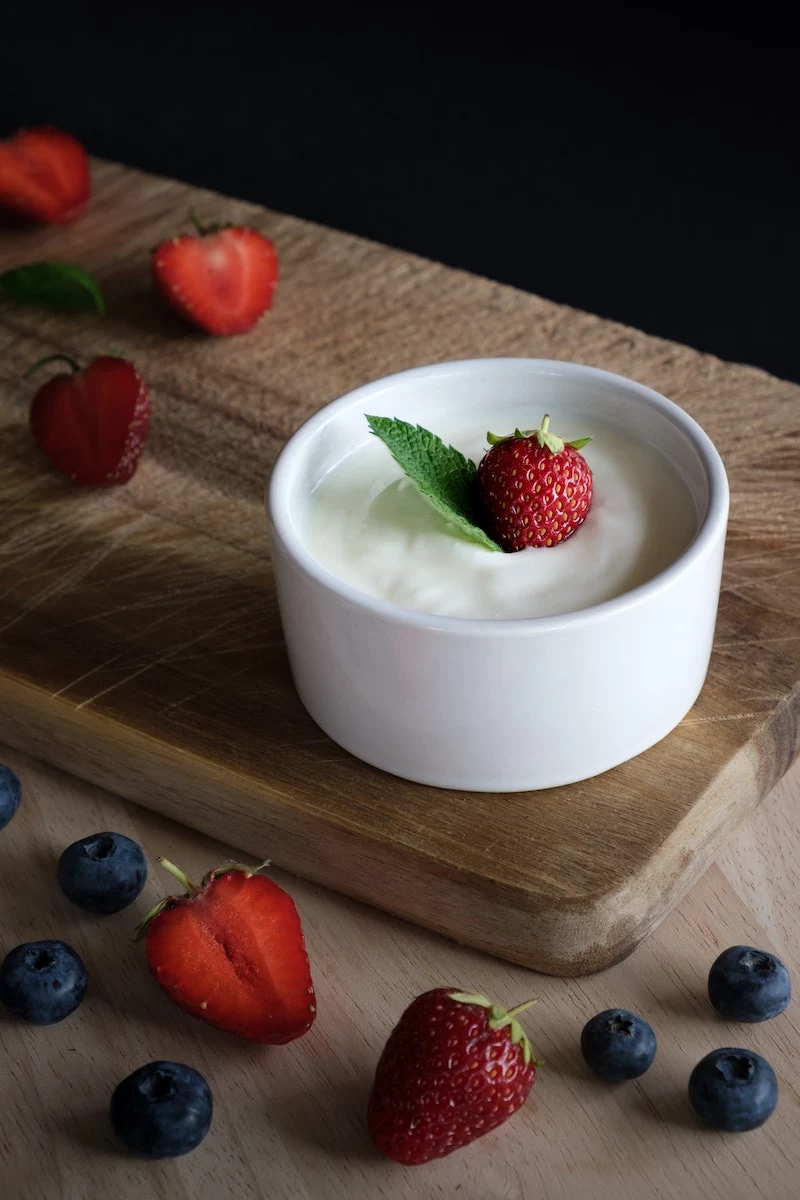
2. Tame the Inflammation from the Inside
A sunburn is one big inflammatory party, so an anti-inflammatory medication is your best friend. Taking it within the first few hours can significantly cut down on the pain and redness you’ll feel over the next two days.
What to grab: An over-the-counter NSAID like ibuprofen (Advil, Motrin) or naproxen (Aleve) is perfect. They work by blocking the chemicals that cause swelling and pain. Just be sure to follow the dosage instructions on the bottle and check with a doctor if you have other health issues.
3. Hydrate, Hydrate, Hydrate
A sunburn literally pulls fluid to your skin’s surface, leaving the rest of your body dehydrated. This not only slows down healing but also makes you feel generally awful.
Get specific: Your skin’s protective barrier is shot, so it’s losing water like crazy. You need to fight this from two angles. First, drink more water than you usually do for the next 2-3 days. A good goal is to chug two extra-large glasses of water right away and keep a bottle with you constantly. If you’re feeling really drained, an electrolyte drink can help replace lost salts. Second, after a cool shower, gently pat your skin so it’s still a little damp, and immediately apply moisturizer to trap that surface water.
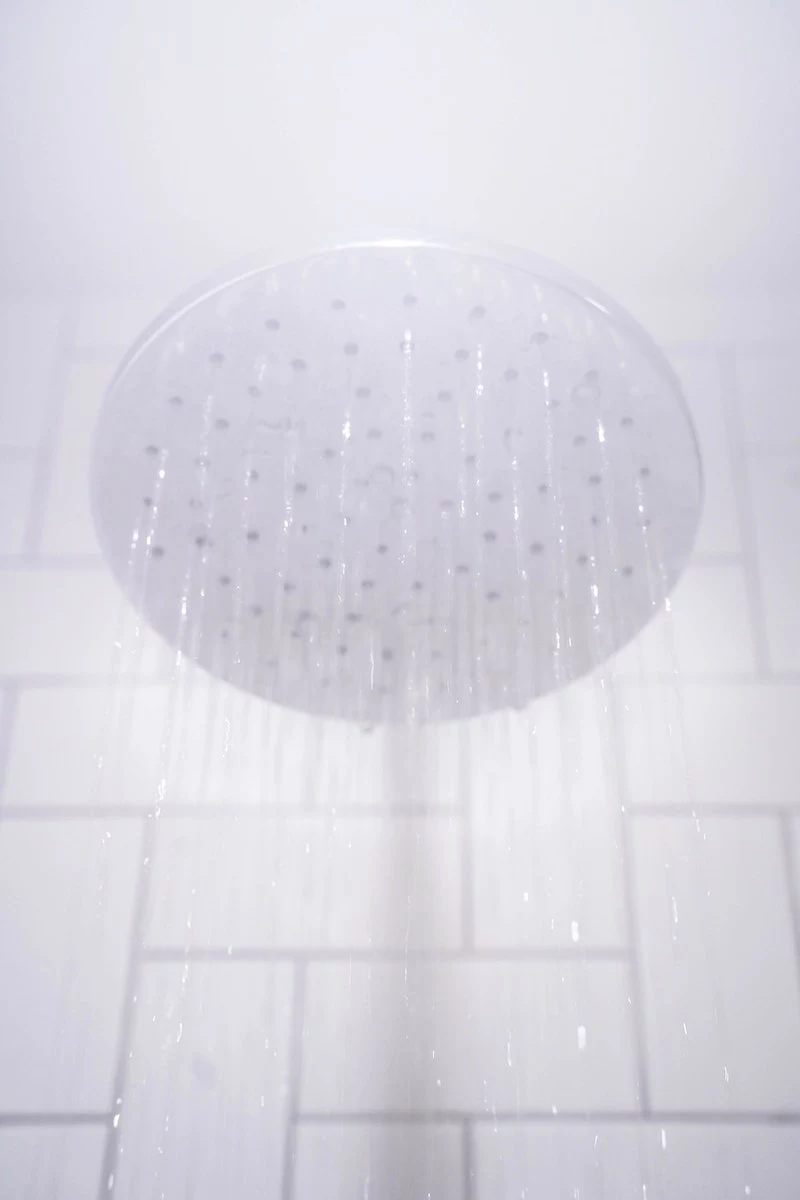
Your Sunburn Emergency Kit: What to Buy at the Store
Walking into a drugstore with a screaming sunburn can be overwhelming. Here’s a simple shopping list to make it easy. Think of this as your go-to emergency kit.
Your Shopping List:
- Pure Aloe Vera Gel: Look for one that’s at least 99% pure. A great option is Seven Minerals or Fruit of the Earth, usually around $10-$15. A pro tip is to check the ingredients—if you see “alcohol denat.” or “fragrance” high on the list, put it back. Keep it in the fridge for extra cooling relief.
- A Ceramide Moisturizer: Your skin barrier is broken, and ceramides are the lipids that help rebuild it. CeraVe Moisturizing Cream or La Roche-Posay Lipikar Balm are fantastic choices. They’re fragrance-free and will cost you between $15 and $25, but a tub lasts forever.
- Ibuprofen or Naproxen: For the pain and swelling.
- Colloidal Oatmeal Packets: If the itching starts to drive you crazy, these are a lifesaver for baths. You can find them from brands like Aveeno.
- Non-Stick Gauze Pads & Medical Tape: Just in case you get blisters that break. Don’t get the regular kind; you need the non-stick version so it doesn’t rip your healing skin.
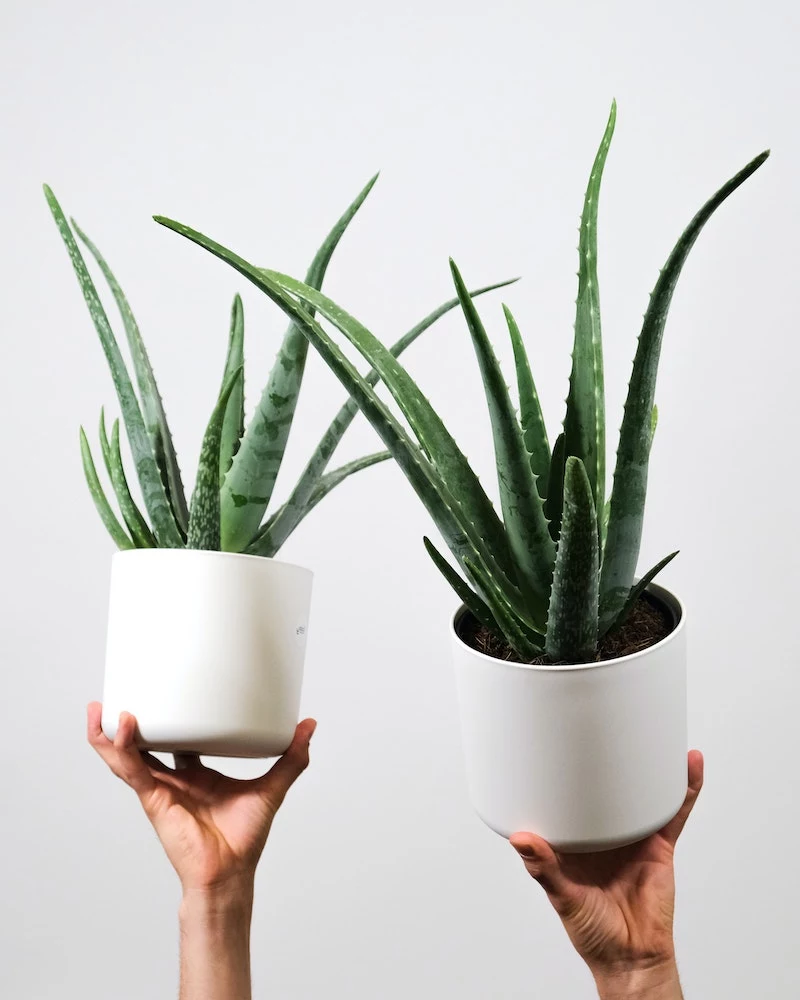
What to Leave on the Shelf
Just as important is what not to put on your skin. Some common remedies can make things much, much worse.
Avoid these at all costs:
- Petroleum Jelly (like Vaseline) or Heavy Oils: This is a huge mistake on a fresh burn. These products are occlusive, meaning they trap heat right against your skin, which can increase pain and inflammation. (By the way, there IS a time for Vaseline—after the heat is gone, usually 48 hours later, a thin layer can protect peeling skin.)
- ‘-Caine’ Numbing Creams: Stay away from products with benzocaine or lidocaine. Yes, they numb the area for a minute, but they’re also common culprits for causing nasty allergic reactions. An allergic rash on top of a sunburn is a level of misery you don’t want to experience.
- Butter or Yogurt: These are old folk remedies that need to be retired. They trap heat and can introduce bacteria to your compromised skin, which is a recipe for infection.
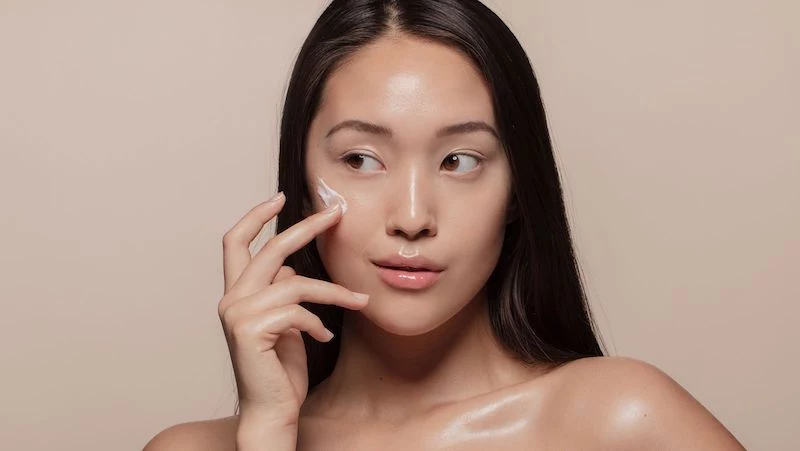
The Healing Phase: Tackling Peeling, Itching, and Blisters
After the first couple of days, the heat and pain will fade, and you’ll enter the next stage. It’s not pretty, but it’s part of the process.
How to Handle Peeling Skin
I know it’s tempting, but you have to resist the urge to peel it off. Pulling at the skin can expose the raw, new skin underneath before it’s ready, leading to soreness and potential infection. Don’t use scrubs or exfoliants either.
Instead: Keep the area slathered in that gentle, fragrance-free moisturizer (like the CeraVe we talked about). This will make the flakes less noticeable and more comfortable. If a big piece is driving you nuts, you can carefully trim it with clean scissors, but never pull.
Dealing with Blisters (A Sign of a Deeper Burn)
If you see blisters, you’ve officially graduated to a second-degree burn. This means the damage is deeper, and you need to be extra careful to avoid infection and scarring.
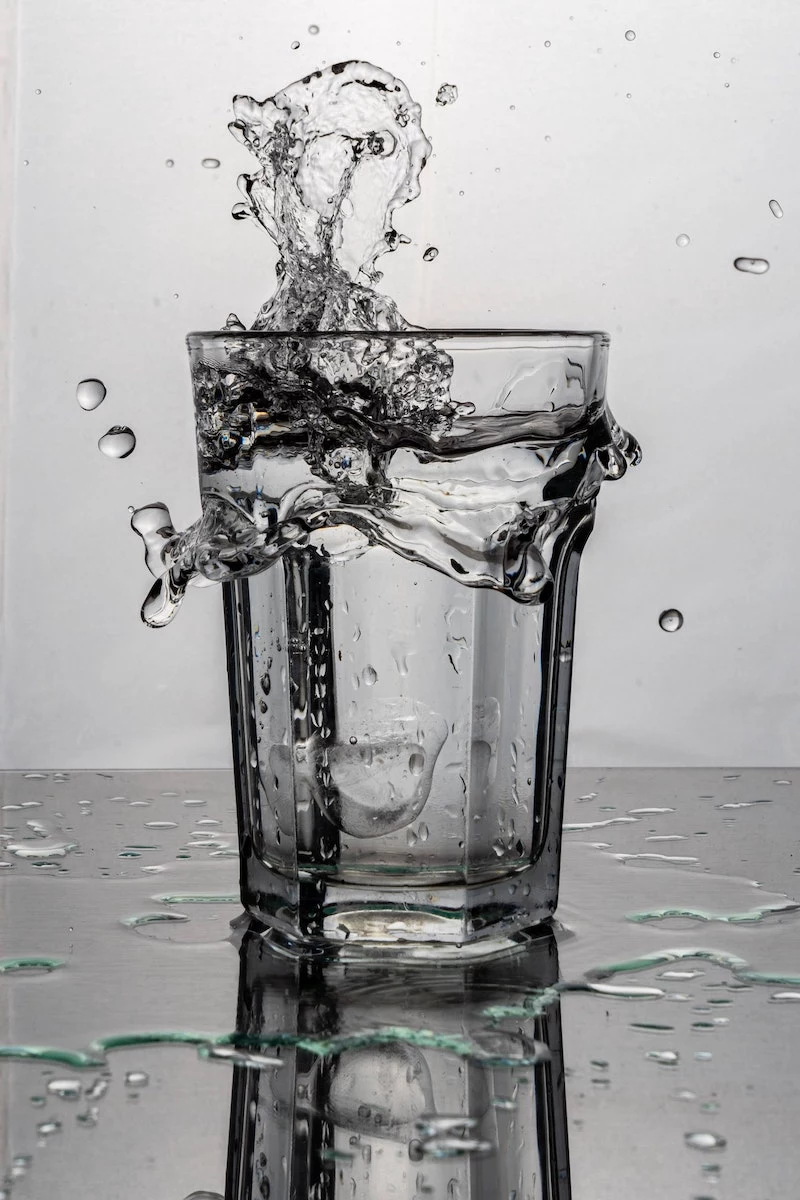
Let me be crystal clear: DO NOT POP THE BLISTERS. That blister is a perfect, sterile bandage created by your body. The fluid inside protects the raw skin underneath. Popping it is like throwing open the front door and inviting bacteria in for a party.
Leave small blisters alone. They’ll flatten on their own. If one breaks accidentally, gently wash the area with mild soap and water, apply a thin layer of antibiotic ointment, and cover it with a sterile, non-stick bandage. For extra protection on a broken blister, a hydrocolloid bandage can be a great option as it creates a moist, healing environment. Change the bandage daily.
When You Absolutely Need to See a Doctor
Most sunburns can be handled at home, but some situations are serious. Don’t try to tough it out if you experience any of these.
Get medical help right away if you have:
- Widespread, severe blistering, especially on the face, hands, or genitals.
- Signs of sun poisoning: This goes beyond the skin. We’re talking fever, chills, nausea, dizziness, or confusion.
- Signs of infection: Look for pus, red streaks leading away from the burn, or an increase in pain and swelling after the first couple of days.
- Pain that’s unbearable and not helped by over-the-counter meds.
A doctor can prescribe stronger creams or even oral steroids to get the inflammation under control. It’s always better to be safe than sorry.
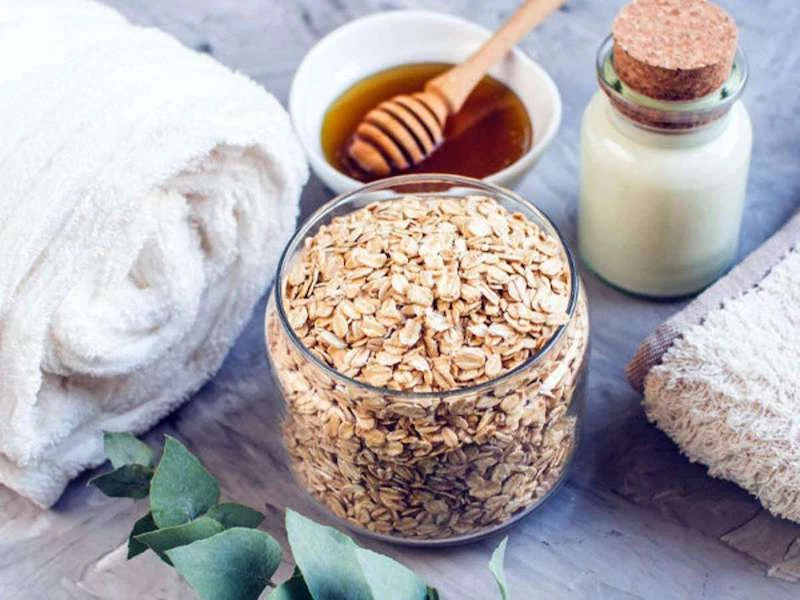
A Final Word: The Only Cure is Prevention
While all these tips will get you through the misery of a burn, please remember they only treat the symptoms. The DNA damage that contributes to wrinkles and increases skin cancer risk has already been done.
So, let’s make a pact to respect the sun. The best strategy is to not get burned in the first place. Use a broad-spectrum sunscreen (SPF 30 or higher), wear hats and protective clothing, and seek shade during peak hours. Your future skin will thank you.
Inspirational Gallery
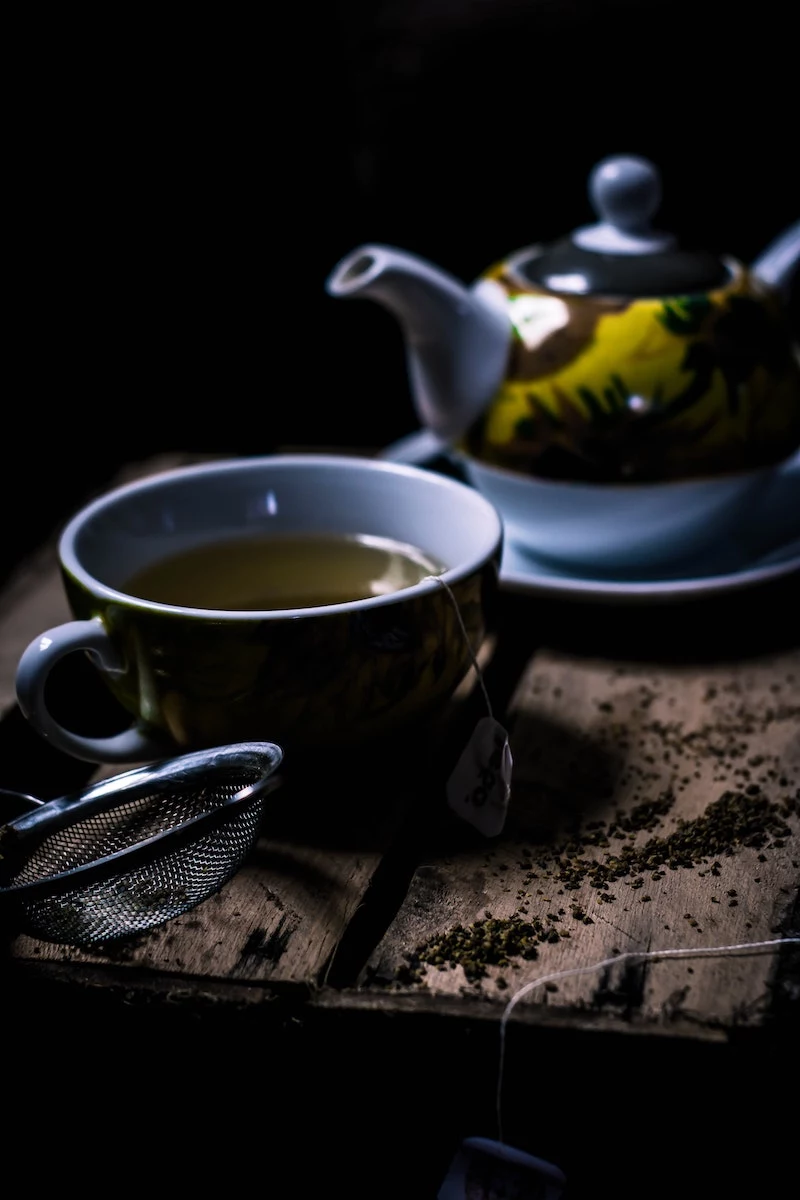
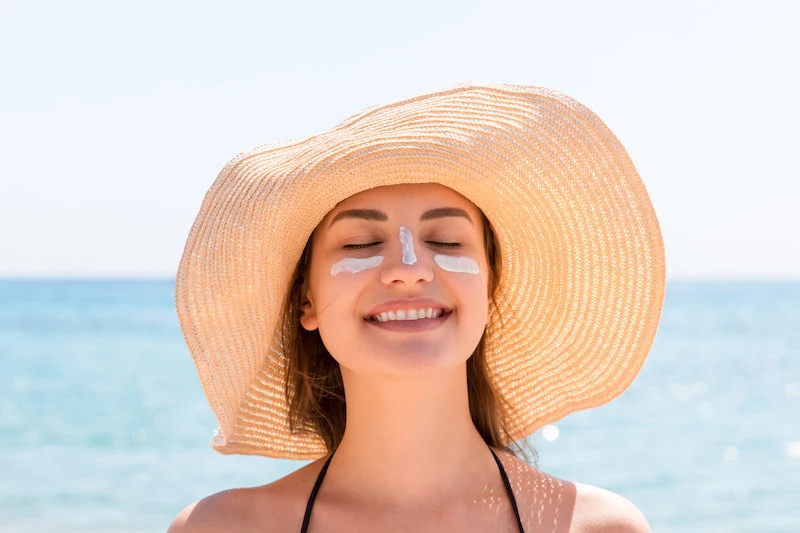
Is my regular body lotion good enough after a sunburn?
Not always. While moisturizing is key, many everyday lotions contain fragrances, alcohol, or exfoliants (like AHAs) that can further irritate scorched skin. Worse, some thick, oil-based creams, like those heavy in petrolatum, can trap heat and make you feel worse. Look for a minimalist formula. Think gentle, fragrance-free hydrators with ingredients like Niacinamide to repair the skin barrier or Hyaluronic Acid for lightweight moisture. A product like La Roche-Posay’s Cicaplast Baume B5 is a pharmacy hero for its soothing and repairing properties, specifically designed for fragile skin.
- Dials down the angry redness.
- Provides a cooling, anti-inflammatory effect.
- Helps reduce cellular damage with antioxidants.
The secret? A simple, cold green tea compress. Steep two tea bags in hot water, let them cool completely in the fridge, and then place the damp, chilled bags or a soaked cloth directly on the burn for 15 minutes. The tannins and catechins in the tea are powerhouses for calming distressed skin.










